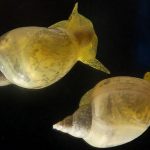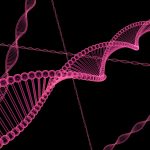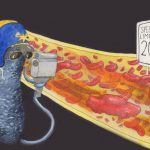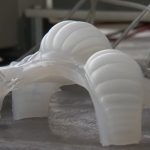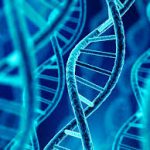New AI sees like a human, filling in the blanks0
- From Around the Web, Science & Technology
- May 15, 2019
Computer scientists at The University of Texas at Austin have taught an artificial intelligence agent how to do something that usually only humans can do — take a few quick glimpses around and infer its whole environment, a skill necessary for the development of effective search-and-rescue robots that one day can improve the effectiveness of dangerous missions. The team, led by professor Kristen Grauman, Ph.D. candidate Santhosh Ramakrishnan and former Ph.D. candidate Dinesh Jayaraman (now at the University of California, Berkeley) published their results today in the journal Science Robotics.


